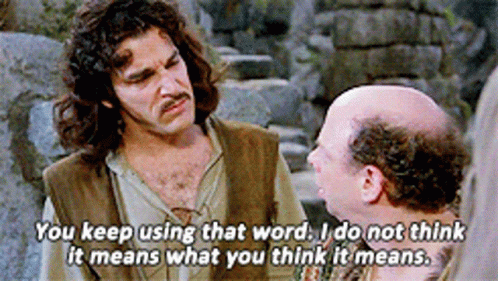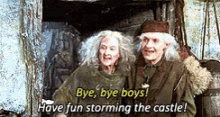The Aikido guy discussed some great concepts in the video above.
Comparing Musashi with D'Artagnan was interesting and informative. One character abides by the rules of a contest, the other does whatever is necessary to win. His thoughts reminded me of the recent wars in the Middle-East and the distant skirmishes of the Vietnam conflict.
In each of those wars, small guerrilla forces used simple tactics to destroy the morale, and superior firepower of the larger armies. They won because they used the mindset and tactics of Sun Tzu's
great solider, whereas the conventional forces conformed to the rules and were severely beaten as a consequence.
Aikido is one of those styles which thoroughly confuses lots of martial artists. There seems to be a fixed idea of what it is and what it can do. Unfortunately, this kind of thinking is a failure because Aikido is a lot more fluid and adaptable than most martial artists realize.
The techniques of Aikido change constantly; every encounter is unique, and the appropriate response should emerge naturally. Today's techniques will be different tomorrow. Do not get caught up with the form and appearance of a challenge. Aikido has no form - it is the study of the spirit ~ Morihei Ueshiba
Leo Tamaki's comments on ritual fights as Alpha-male contests are also 100% accurate. This definition is one which will help you to see why competition-fighting fails to prepare anyone for the reality of everyday self-defense situations.
This point has been raised before, but it seems a number of martial artists are not really clear on the difference between dojo sparring, competitive matches and violent confrontations in daily life - prearranged fights are basically simple headbutting contests between two young bucks looking to discover the alpha male.
There is so much to unpack in this short Aikido video, and I have only just skimmed the surface. It will be fun to hear everyone else's thoughts on the topic. I am looking forward to reading your responses



